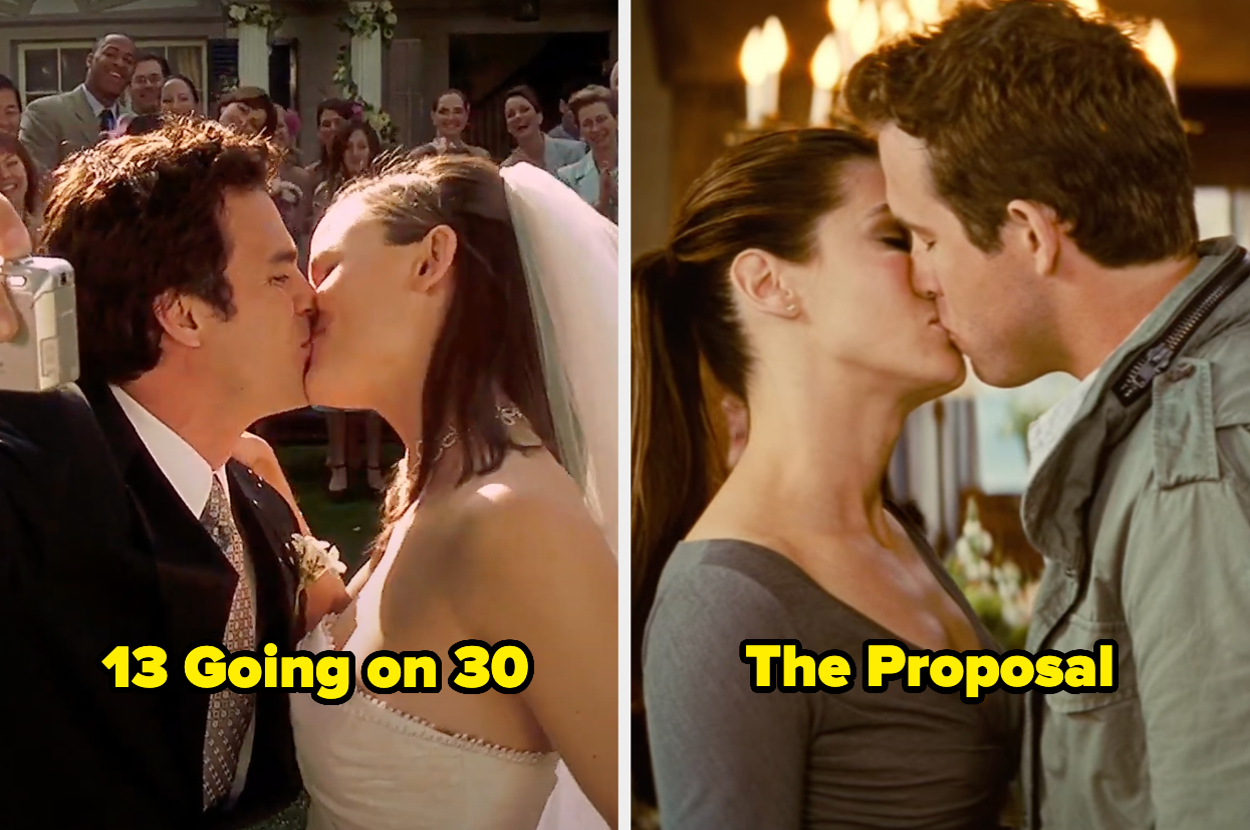Lots of us love swimming and diving underwater, but one cave diver learned how brutal that world can actually be when she got sucked through an iceberg and trapped below the surface.
It sounds like something you'd see in a movie and say 'nah, that's way too unrealistic'.
Even the woman it happened to, Jill Heinerth, has admitted her story sounds 'crazy in retrospect' - but she lived through it, and knows just how real it all is.
Heinerth, the Explorer in Residence at Royal Canadian Geographical Society, shared her experience in an article written for People after she, her former husband Paul Heinerth, and late camera operator Wes Skiles set out on a mission to intercept the largest iceberg in recorded history.
The expedition took place in Antarctica in 2001, and though Heinerth was 'nervous', she was willing to take the risk to help increase 'our understanding of the planet and the changes that we were facing moving forward'.
Heinerth wanted to explore whether there were caves inside the iceberg, though she noted that diving between chunks of ice is 'pretty scary'.
The mission was made more difficult by the differing densities between the sea water and the fresh water inside the iceberg, which led to 'weird currents and turnovers'.
She recalled: "At times, we would be swimming close to the ice and then suddenly be sucked downward. It really felt like a chaotic environment. It was adapt or die."
On their first dive of the day, the divers descended to approximately 130 feet and Heinerth noticed a warning sign which, in hindsight, she admitted she should have paid closer attention to.

Jill Heinerth nearly lost her life in the mission in 2001 (Santa Barbara International Film Festival)
She explained: "I should have paid attention immediately because the current was strong, and the current brings food to the stationary animals that were anchored tightly into the sea floor. And that should have been one of those sort of ‘A-ha.’ "Everything was anchored here because it needed to be."
That dive even ended with them having to find another way out because their initial access point became covered by ice, but their mission wasn't over. After a second dive saw them get 'ripped through the iceberg and deposited on the other side', it was on their final dive of the day that became a 'three hour fight for [their] lives'.
Heinerth knew the conditions were too dangerous to continue, but when they attempted to go back up to the surface, the current would sweep them back into the iceberg.
The diver had a leak in one of her gloves, and her entire team's faces were exposed to the ice water.
Heinerth noted: "Could you put your face in ice water for three hours? I think most people can't even do the ice bucket challenge."
Eventually, Heinerth realized there were tiny fish burrowing into the ice wall, and that she could use the holes they made to pull herself up against the current.

Heinerth and her team were underwater for three hours (Santa Barbara International Film Festival)
However, the team had to stop during their ascent and let their bodies get reacclimatised to the changing pressure, leaving them even colder in the water.
Even returning to the surface didn't mean they were safe, as she pointed out: "The worst risk is actually as soon as you hit the surface, when you can literally freeze tissue on the spot, especially if it's windy when you're trying to get in the boat.
"The longer you're underwater, the more you're likely to get hypothermia or cold injuries. I was really worried about my hand. It's (still) very, very painful when my hands warm up and a little bit of a loss of full sensation."
Thankfully, Heinerth and the team did make it back to the boat - though she described the experience as 'overwhelming' as she knew they'd been 'close to dying'.
"It was only hours after that dive that the entire cave that I'd just been inside of, exploded and broke into chunks of slush as far as the eye could see," she said.






/cdn.vox-cdn.com/uploads/chorus_asset/file/25843782/dasung3.jpg)













 English (US) ·
English (US) ·